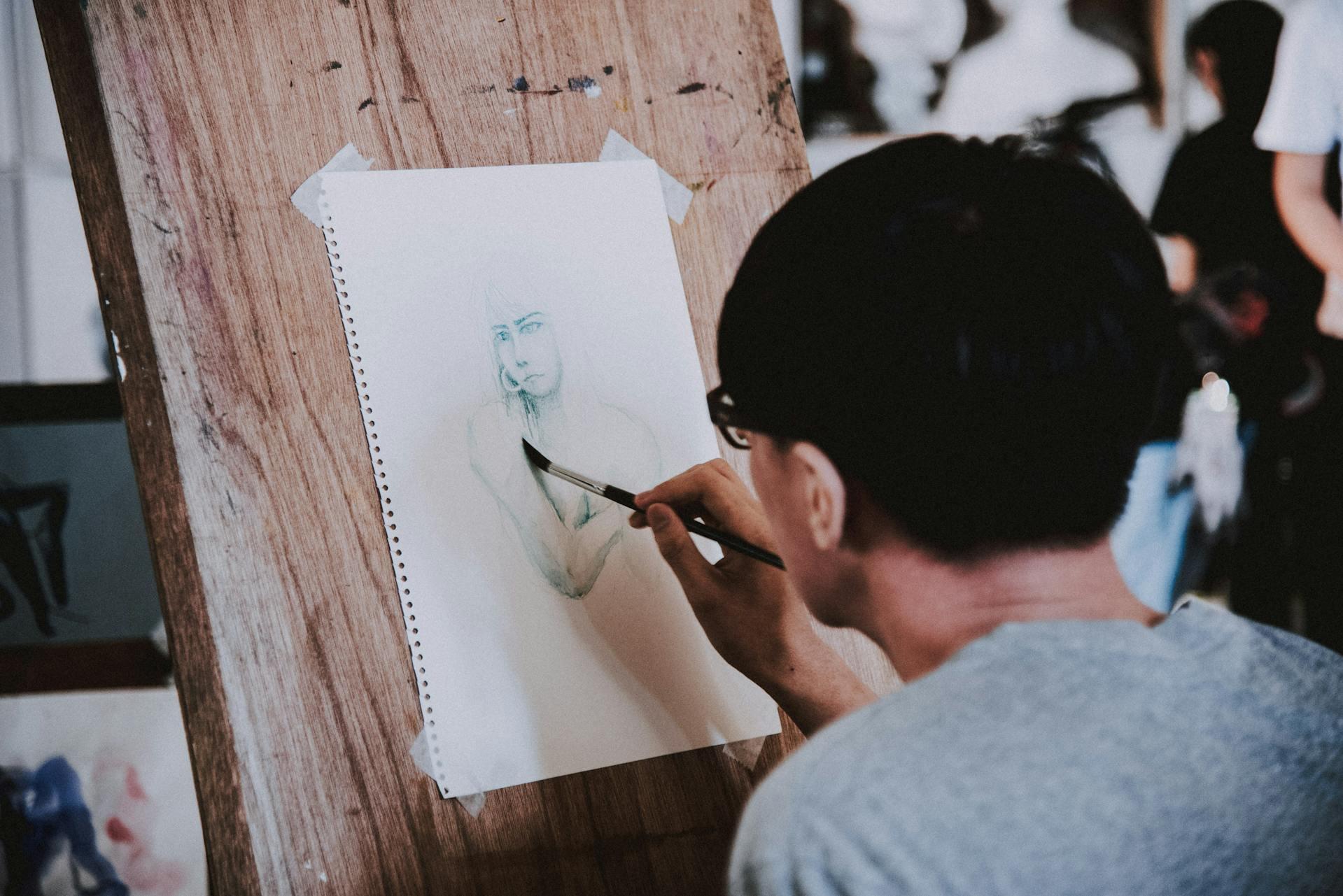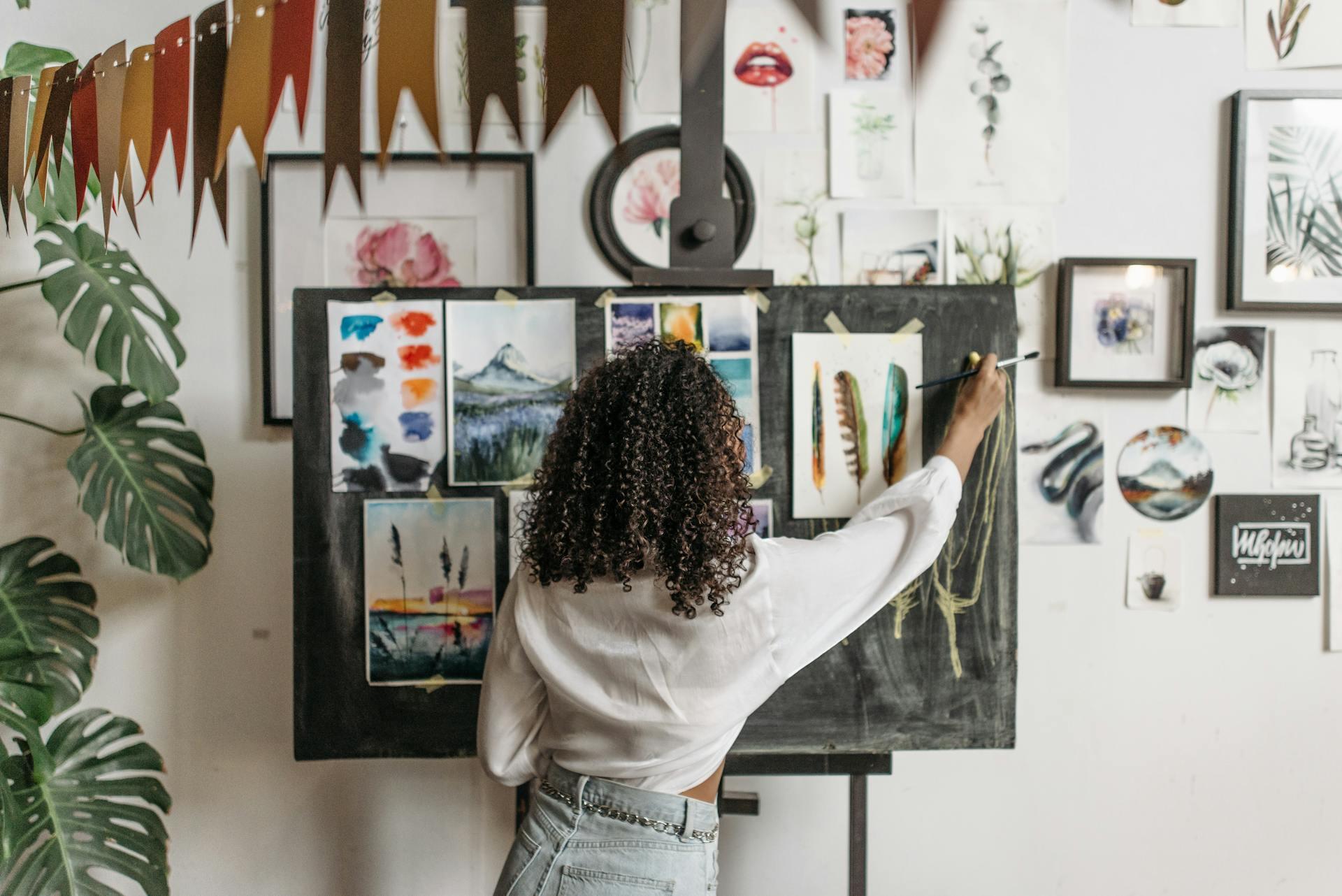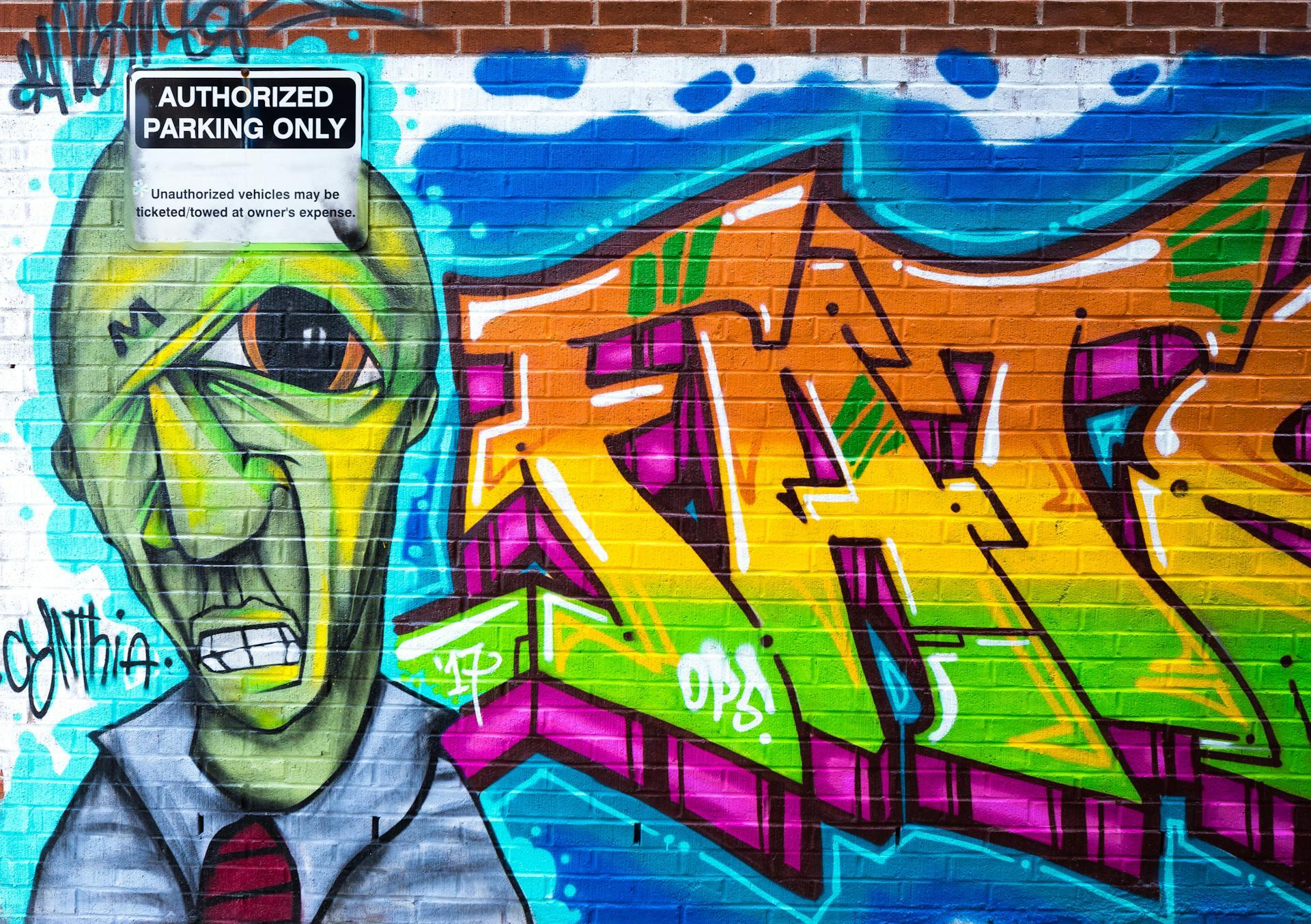Art has always been a lot more than just mere decoration or entertainment - it's one of the deepest ways humanity defines itself. At its core, art also brings various people and communities together. It helps connect us to better our culture, our history, and the people around us while inspiring inner creativity. On the flip side, art can also help challenge the way we think or feel about political or social issues in our modern-day climate.
In this article, we'll explore how art has grown alongside humanity, taking a detailed look into its historical influence, its contribution to the economy, its place in education, and the way it continues to bring people together worldwide.
The Role of Art In Society
- Art has always been a part of what it means to be human and has captured our ideas and achievements across time
- It connects people by sparking conversations and challenging how we think about political and social issues
- Taking part in artistic pursuits is great for mental health, helping people be more mindful and to express feelings they struggle to put into words
- The art world generates jobs and fuels tourism across many cities worldwide

Historical Perspective on Art's Societal Role
Art is not what you see, but what you make others see
Edgar Degas
Art has always been intrinsically linked to the story of humanity. Long before written language, early humans painted animals on cave walls with natural pigments or carved intricate symbols into stone walls to leave messages for future generations. Every brushstroke or carving told a story about who these people were and what they believed in. British artists throughout history used to spend a lot of time painting the rich and famous, being asked to point out their positive features.
Through drawings, sculptures, and symbols, ancient communities across the globe used art to capture daily life, rituals, and other major experiences. Many of these remarkable records still survive in caves and museums today - silent witnesses to how our ancestors once viewed their surroundings.
As centuries passed, art continued to grow hand in hand with civilisation, chronicling everything from the rise and fall of major empires to the everyday life of ordinary people, much like you and me.
To truly understand how this ancient form of communication began, we can look at the fascinating origins of early cave paintings — humanity’s first known artworks. These creations offer a glimpse into the minds of our ancestors and how they made sense of the world around them. Watch this video to explore where art began and how those first brushstrokes on cave walls shaped the story of human expression:
Art as a Catalyst for Social Change

Art has a way of getting under people's skin - of making them stop, think, and look at the world differently. It's no surprise then that artists throughout history have used that power to challenge the status quo and push societies to change for the better. Let's explore this more in the timeline below.
c. 3200 BCE
Egyptian Wall Art
Early Egyptian artists used murals to tell stories of gods, rulers, and the afterlife.
5th Century BCE
Greek Sculpture and Theatre
In ancient Greece, art began to explore what it meant to be human. Sculpture celebrated the body while theatre tackled questions about power, pride, and morality. Both became a way for citizens to look at themselves and their society more honestly.
15th - 16th Century
The Renaissance
During this time, artists like Leonardo da Vinci and Michelangelo created works that focused on subjects like science and anatomy. Their art slowly changed the way people saw the world - instead of focusing only on God and heaven, it began to celebrate human talent and the beauty of everyday life.
19th Century
Abolitionist and Revolutionary Art
As revolutions spread through Europe and America, art started to grow a conscience of its own. For example, Francisco Goya’s haunting etchings expertly revealed the cruelty and chaos of war in a way that words alone just couldn’t capture.
1937
Picasso’s Guernica
After the devastating bombing of Guernica during the Spanish Civil War in 1937, Picasso would pick up his paintbrush and paint a masterpiece that expertly showed the pain and confusion of war in striking clarity. Simply titled Guernica, this piece has since become one of the most powerful anti-war statements in history.
1920s -1930s
The Harlem Renaissance
In Harlem, New York, Black artists, musicians, and writers found power in expression. Their work gave voice to a community long overlooked and drastically changed how America saw race, identity, and art itself.
2000s - Present
Street Art and Political Installations
Today, artists like Banksy and Ai Weiwei have shown how creativity can still challenge authority. Whether through a mural on a London wall or an installation in Beijing, modern art continues to speak truth to power in ways that reach millions.
Art’s Impact on Individual Development
Art enables us to find ourselves and lose ourselves at the same time
Thomas Merton
While art can definitely influence culture at large, its most powerful effects often happen on a more personal level. Engaging with various forms of art - be it through paintings, murals, digital creations, or even music- can help people from all walks of life explore what's inside their heads and identify with different viewpoints in a way that everyday life rarely allows.
Fostering Creativity and Expression
Alongside being an incredibly enjoyable pastime or hobby, there's growing evidence that art has a positive effect on how we think and feel, too.

For example, a recent study of 430 college students found that regular involvement in creative activities benefitted their emotional well-being while also helping them feel more in control. Similarly, another recent review also found that even simply engaging with ( i.e looking at art pieces or watching people paint or draw) can help calm the brain's stress centres by activating areas linked to reflection and emotion.
Why Creativity Matters
Art Therapy and Mental Health

In hospitals, schools, and community centres across the country, art therapy is actively used as a legitimate method for helping people manage issues like stress, anxiety, low self-esteem, and even trauma.
According to a study by Drexel University, 75% of participants showed reduced levels of cortisol (the main stress hormone) after just 45 minutes of an artistic activity, regardless of their skill level.
The reason it works isn't purely psychological either. When people create art, their brains release dopamine (a chemical linked to motivation and pleasure) while lowering areas associated with fear and stress. Over time, this can be a gentle but effective way to help the body relax while the mind processes difficult emotions.
Common Types of Art Therapy
- Painting and Drawing Therapy: Helps people express thoughts and experiences visually instead of verbally
- Sculpture and Clay Work: Often used in trauma therapy to improve focus and reconnect with physical sensation
- Digital Art Therapy: A newer form using tablets and software to make art, which is particularly effective for younger clients who prefer using tech
- Photography Therapy: Encourages mindfulness by focusing on observation and perspective of one's environment
The Role of Art In the Economy
Art doesn't only make life more beautiful, it also helps people from all walks of life make a living. From painters and musicians to the local workers who run theatres and galleries, millions of jobs depend on the art scene. When we buy art or visit a museum, we're supporting local workers and businesses.

Across the UK, it's estimated that the creative industries add about £125 billion to the economy each year while providing work for more than 2.4 million people. What's more, people other than the artists also directly benefit from events, with nearby restaurants filling up and hotels getting double the amount of bookings.
Art in Urban Development

While we might not always notice it, art is also often featured on the streets we walk and the buildings we walk past every day. Public art, community projects and other colourful public spaces quietly change how a place looks, attracting waves of visitors and breathing life into once forgotten and uninviting areas of our cities.
As a result, more and more councils are investing money into local art scenes. For example, Bristol has slowly developed a reputation as one of our most creative cities due to the rise of street art by famous figures like the mysterious Banksy. What began as underground art has grown into a vital part of the city's identity, drawing visitors from all over the world. Art collections in museums and galleries can extend to hundreds of thousands of pieces. Today, walking tours, festivals, and art markets in Bristol are booming - generating steady income.
Cities Revitalised Through Art
Liverpool
Once a major shopping centre, Liverpool rebuilt its economy by investing in culture. When it became European Capital of Culture in 2008, the city generated over £750 million in economic growth.
Glasgow
Glasgow also used art to recover from industrial decline. Its 1990 title as European City of Culture led to new theatres, exhibition spaces, and jobs in design and music being created across the board.
London's Southbank
Once rundown after the war, Southbank was redesigned around the arts. Landmarks like the National Theatre and Tate Modern became major employers and visitor magnets.

























